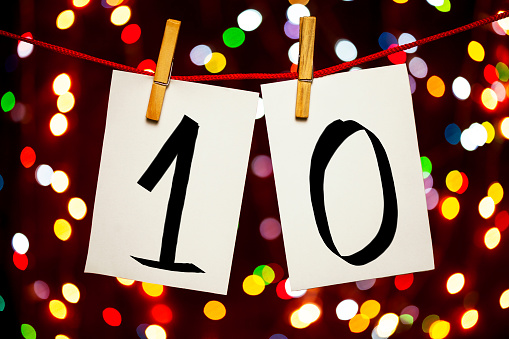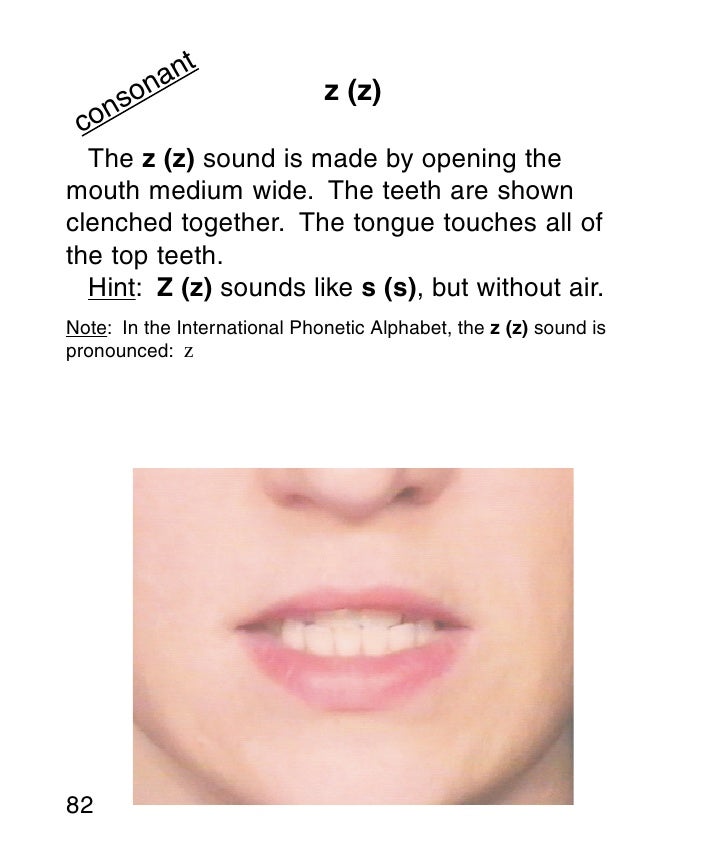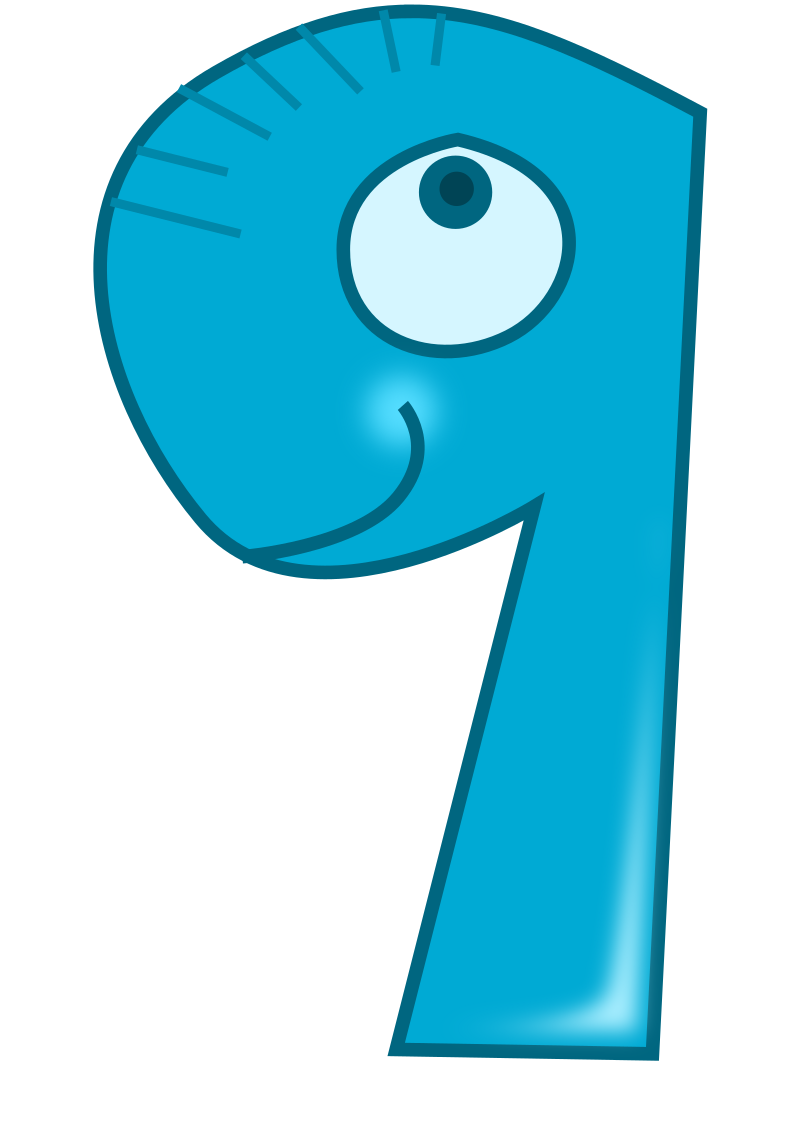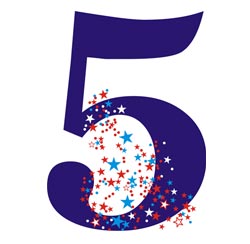This week, we finished off a busy half term with a week-long celebration of Chinese New Year! We started off the celebrations by reading the story of how the order of the animals of the Chinese zodiac was decided.

You can watch a clip of the story here:
http://www.bbc.co.uk/cbeebies/stories/lets-celebrate-chinesenewyearperformance
We all thought the rat was very sneaky because he cheated! In a longer version of the story, that we also read, we felt sorry for the horse – can you remember why? And can you remember why we thought the dragon was kind? There was a 13th animal in the longer version – can you remember what it was?
Half-term challenge: can you re-write the story of the Chinese new year or draw a picture to show who came 1st, 2nd, 3rd…? Perhaps you could write your own version if you prefer. Remember to use those new numbers we learnt that end in ‘th’ (first, second, third, fourth, fifth, sixth…).
On Wednesday, we had the chance to try some delicious Chinese food! We spooned hoisin sauce onto a pancake, added slices of crispy duck and fresh vegetables and then carefully rolled up the pancake. Nearly all of the children thought their crispy duck pancakes were absolutely delicious! Thank you Mrs Tatjana for getting all the ingredients and showing us what to do!


Throughout the week, we worked carefully, thinking especially about colour choice, to create our own Chinese dragons. Aren’t they beautiful?
We also found time to learn 3 new digraphs this week! They are ‘ng’, ‘ai’, ‘ee’. Here are the actions and mouth shapes for these sounds (- I’ve included a sound clip for ng this time, as I couldn’t find an example of the mouth shape!)

https://www.youtube.com/watch?v=AIY9ms1Nm2E




Our new number of the week has been chosen as number…
Half-term challenge: can you make a number bag for the number ten? How many different ways can you make the number 10? Here’s one way to start you off: 5 and 5 makes 10.
Finally, on Friday we, and our dragons, took part in the traditional St. Matthew’s Dragon Dance along with the afternoon Nursery class! We danced all around the school surprising KS1, KS2 and Mrs Warner!




What a fantastic way to finish off this half term! We are all so proud of how hard the children have worked this term and how much they have grown (both physically and in independence and maturity). We wish everyone a restful half term.

































































